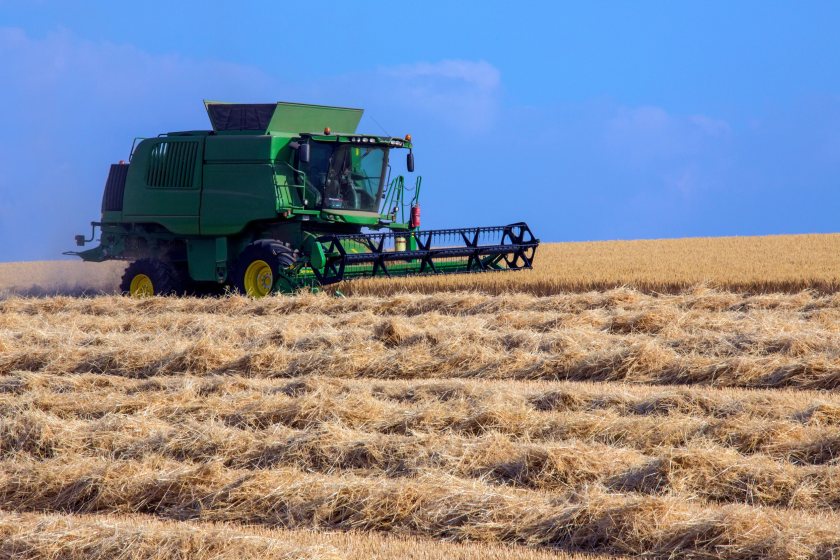
Farms and estates are being encouraged by Strutt & Parker to implement a simple five-point plan to help make this year’s harvest safer.
Harvest is a high-pressure time of the year, with lots needing to be done in a short amount of time and involving lots of large machinery.
According to the Health and Safety Executive (HSE), harvest has been the number one cause of deaths and serious injuries on British farms over the past five years.
It can also involve working in dusty conditions, or at height, which again poses a risk to workers if appropriate equipment or protective equipment is not used.
Thinking through the risks well ahead of time can help make this year’s harvest safer for everyone involved.
How can I become harvest ready?
Strutt & Parker's health and safety manager, Gulliver Hedley, has issued farmers five steps to help get harvest ready:
1. Machinery checks: Consider all the machinery and equipment that will be used, not just the big stuff like combine, tractors and grain trailers, but things that may be called into action if required like the spare trailers, water / fuel bowser, welders etc., and make sure it’s ready for use and works as it should.
Following the exceptionally hot and dry harvest of 2022, which resulted in significant numbers of field and combine fires, consider fitting a fire suppression system to your combine.
This can be a prudent solution as a fire can obviously put a combine out of service for a while and be hugely costly in both lost time, while waiting for parts, and the potential crop damage. The P-mark systems are often preferred by insurers.
2. People and moving vehicles: Getting the harvested crop from field to store is all about logistics and efficiency of movement, yet introduces a significant risk where people and vehicles circulate in close proximity.
Review your layout and routes and look to improve for example segregation, one-way systems, crossing points and rules for reversing. Also be clear about how staff should be communicating, check you have necessary signage and personal protective equipment (PPE) available.
3. Store dangers: Grain stores can be dangerous places given they can involve moving vehicles, moving parts, working at height, be confined spaces, as well as being dusty and have limited light.
Make sure you have rules in place should anyone need to enter a grain store. Training and communication with all those involved is vital.
4. Pre-harvest briefing: Make sure there is a process of induction for new / temporary staff that clearly explains everything that is needed.
Consider having a pre-harvest workshop to discuss and agree the plans, encouraging questions from those doing the job and ensure that everyone knows who they should contact in the event of an incident.
Workers should know who to report any damage or defects to machinery and have a map showing the location of all overhead and underground cables and pipes.
5. Build in breaks: Health aspects of the work can be overlooked in the rush to get the job done. Fatigue is a factor affecting our ability to make decisions and react.
Staying hydrated, having breaks and being physically and mentally prepared for long periods of intensive work are all very important - what procedures do you have in place to help manage these?
